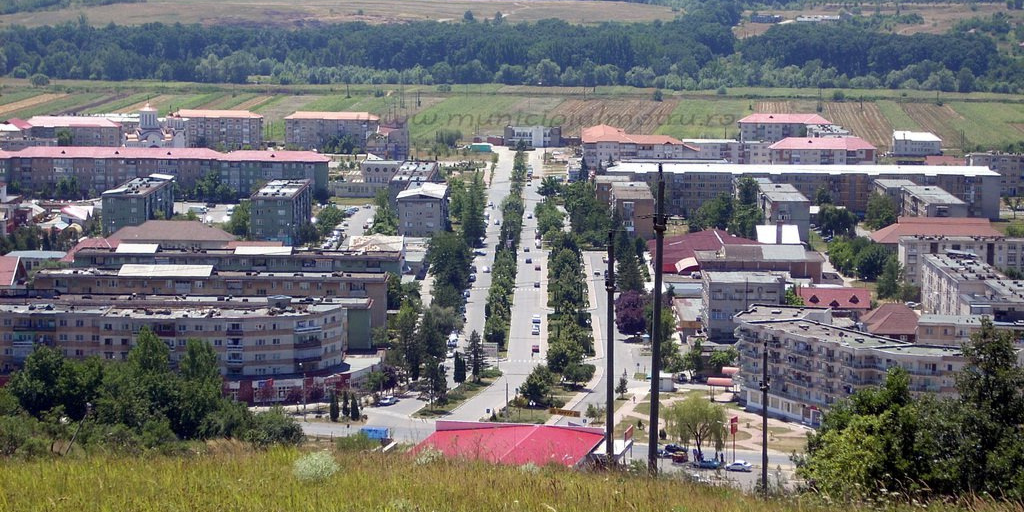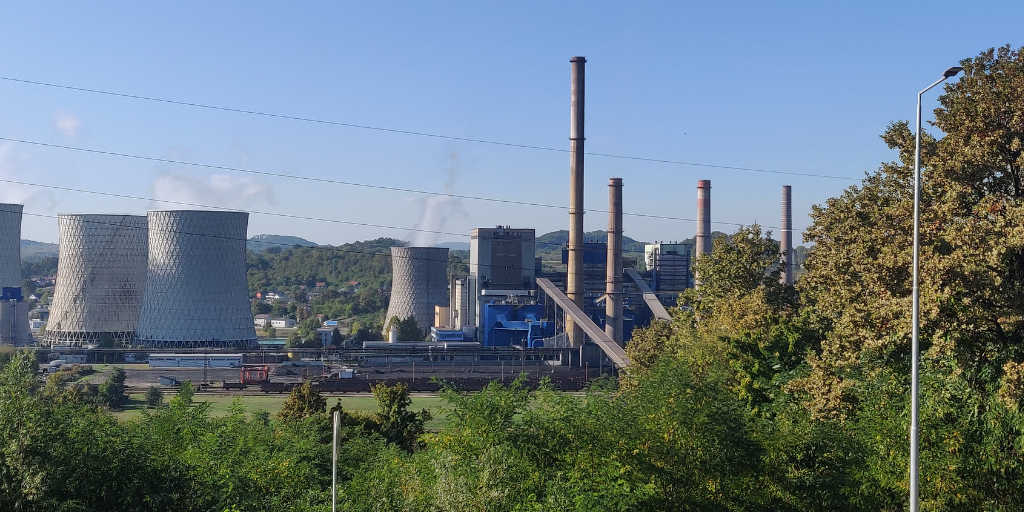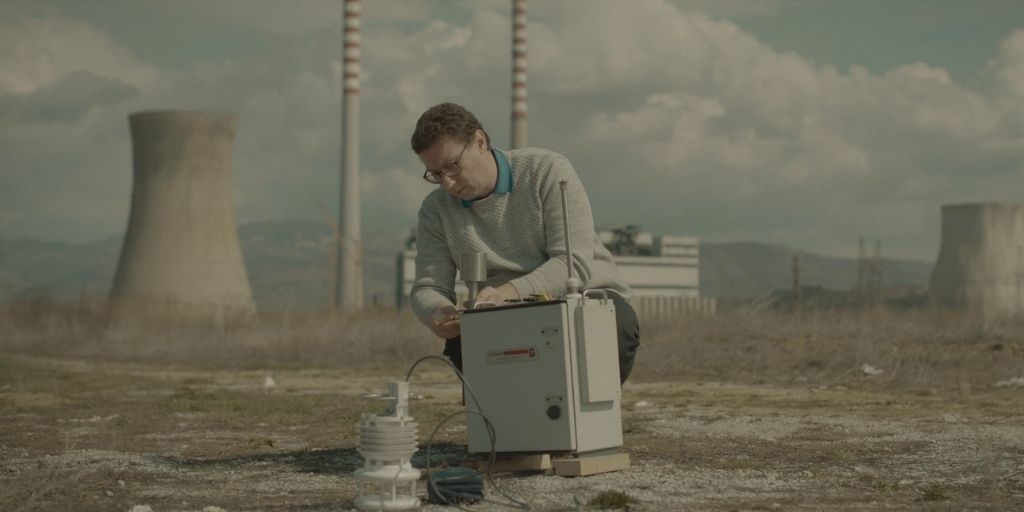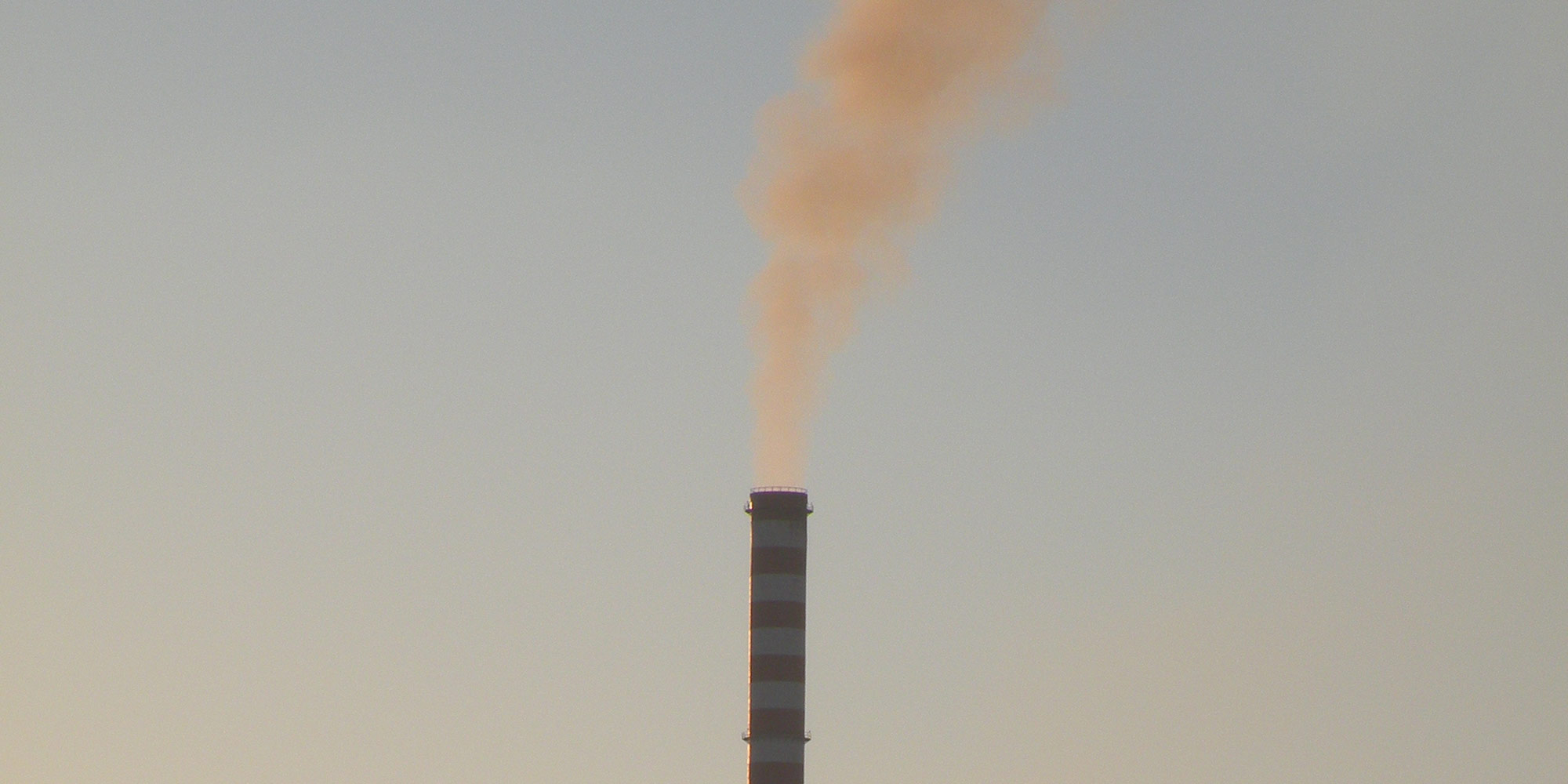Serbia, with a population of around 6.9 million, satisfies most of its electricity demand from domestic production. Electricity production in Serbia relies around 66 per cent on low-quality lignite coal, causing serious pollution, while most of the remainder is generated in hydropower plants. Despite strong growth in wind power in recent years, in 2022 it still made up only three per cent of electricity generated.
The electricity market in Serbia is dominated by the state-owned power utility EPS (Elektroprivreda Srbije – Power Industry of Serbia), which owns all large generation capacities and supplies most consumers.
Fossil fuel production
Serbia’s coal reserves are mainly located in two main coal basins, Kolubara and Kostolac. The coal mines in Serbia are mostly owned and managed by subsidiaries of EPS, but another state-owned company also owns the troubled Resavica underground mines.
The Kolubara Mining Basin provides around 75 per cent of the lignite used for EPS’ thermal generation. It used to produce 28-30 million tonnes of lignite annually, but in 2022 this decreased to 25 million tonnes and in 2023, to 22 million. The coal is supplied to the Nikola Tesla A and B, Kolubara A and Morava power plants, together producing more than 50 per cent of Serbia’s electricity.
The Drmno mine near Kostolac provides the other 25 per cent, averaging more than 9 million tonnes. Its coal is used by the Kostolac A and B plants, and production is planned to expand to 12 million tonnes annually for the needs of the new Kostolac B3 unit.
Serbia has produced oil and gas in small quantities since the mid-50s, but is heavily reliant on imports, mostly from Russia.
Hydropower hassle
No new large hydropower plants have been built for several years, although several are planned. As in other southeast European countries, a proliferation of small hydropower plants has provoked widespread public resistance as they are often sited in or near protected areas or other valuable areas.
Inadequate planning and assessment of cumulative impacts means that they often cause alarge amount of damage compared to the small amount of electricity they generate. By the end of 2022 around 138 newer small hydropower plants were online, but they generated onlya negligible amount of Serbia’s electricity. In 2021, changes to Serbia’s renewables legislation meant that obtaining subsidies for small hydropower plants became much harder than before, which has resulted in a slow-down in their construction.
New coal still on the cards despite climate vulnerability
As Serbia purportedly intends to join the EU, it should also be aiming for decarbonisation by 2050, in line with EU policy. However, EPS has been reluctant to give up on coal. The 350 MW Kostolac B3 lignite power plant was commissioned in December 2024, after seven years of construction.
In 2021 hopeful signs appeared as Serbia cancelled the Kolubara B coal power plant project, but it was not removed from the country’s draft spatial plan. Nor were four other planned fossil fuel power plants:
- Nikola Tesla B3 – 750 MW – lignite
- Novi Kovin – 2 x 350 MW – lignite
- Štavalj – 300 MW – lignite
- CHP Novi Sad – 340 MW – gas
Not only would this exacerbate climate change, but ironically Serbia’s coal mines have also suffered from its consequences. In May 2014 the Kolubara mines were turned into polluted lakes. Each of the four mines was flooded, two of them completely. In the biggest open-pit mine, Tamnava West, ten huge excavators used for mining were flooded, and six of them completely underwater.
The Drmno mine also suffered serious flooding in 2014. During the May floods a heroic effort was mounted to save the mine, but between July and September of the same year more than 2 million cubic metres of water spilled into the mine, bringing with it around 800 000 cubic metres of sludge and mud, that engulfed mining machinery.
Renewable energy and energy efficiency
Serbia narrowly missed its 2020 renewable energy target of 27 per cent of gross final energy consumption – in 2020 its share was 26.3 per cent. By the end of 2023, Serbia had 511 MW of wind power installed but only 42 MW of solar. In 2021 a new Law on Renewable Energy was approved, which moves Serbia to a market-based support scheme.
With its traditional forms of generation not proving resilient to climate change, Serbia would do well to expand wind, solar and geothermal and work more on energy efficiency. Serbia has promising potential for renewable energy, but as with all the countries in the region, different sources put the exact figures at quite different levels, depending among other things on whether they use sustainability criteria.
| Source | Solar PV | Wind |
| IRENA 2020
REmap scenario 2030 (minus 2015 installed) |
3573 MW
4768 GWh |
1786 MW
3727 GWh |
| IRENA 2017
Additional cost-competitive potential to 2050 |
6890 MW
9298 GWh |
29635 MW
52359 GWh |
| SEERMAP
Decarbonisation scenario (2050 minus 2016) |
2860 MW
2856 GWh |
3545 MW
8077 GWh |
| SEE-SEP
The EU Road scenario, 2050 |
10270 MW
17460 GWh |
5110 MW
17460 GWh |
Serbia has significant potential for energy efficiency and inefficient use of energy represents a major concern in the country. It has the second-highest energy intensity in the region, more than 3.5 times as much as the EU average in 2022. Incentives to save energy are limited due to artificially low electricity prices but this is going to have to change in the coming years as Serbia integrates into the European electricity market.
In December 2022, the Energy Community Ministerial Council adopted 2030 climate and energy targets. According to these, Serbia needs to achieve a 40.7 per cent share of renewables in gross final consumption of energy, and to reduce its greenhouse gas emissions by 40.3 per cent compared to 1990 levels – requiring a significant decrease from the levels of recent years. To boost energy efficiency and energy savings, it also needs to cap primary energy consumption at 14.94 Mtoe and final energy consumption at 9.54 Mtoe by 2030.
In July 2024, Serbia adopted its National Energy and Climate Plan (NECP). It avoided making clear commitments regarding coal closures or carbon pricing, and the energy efficiency and renewable energy targets included were less ambitious than those Serbia had agreed to at the 2022 Energy Community Ministerial Council.
For a more in-depth look at barriers to a sustainable energy transition in Serbia and our proposals for how to overcome them, see our 2021 study with the Friedrich Ebert Stiftung: The Political Economy of Energy Transition in Southeast Europe – Barriers and Obstacles.
More on coal in the Balkans

Sustainable district heating gives hope to the Romanian city of Motru, in a coal mining region
A new study shows that the city’s district heating can come from fully renewable sources.
Read more

Bosnia and Herzegovina illegally extends lifetimes of deadly coal plants
Yesterday the Federation of Bosnia and Herzegovina’s Parliament voted to extend the lifetime of the antiquated Tuzla 4 and Kakanj 5 coal units, in clear breach of the Energy Community Treaty. The move condemns the public to yet more lethal air pollution.
Read more

The heroic dust monitor
This year we are marking five years since Bankwatch engaged in air pollution work in the Balkans. Throughout these years, there was one constant in the work – the environmental dust monitor. It has become the hero of many communities and is known to every organisation in the region that works for cleaner air.
Read more

